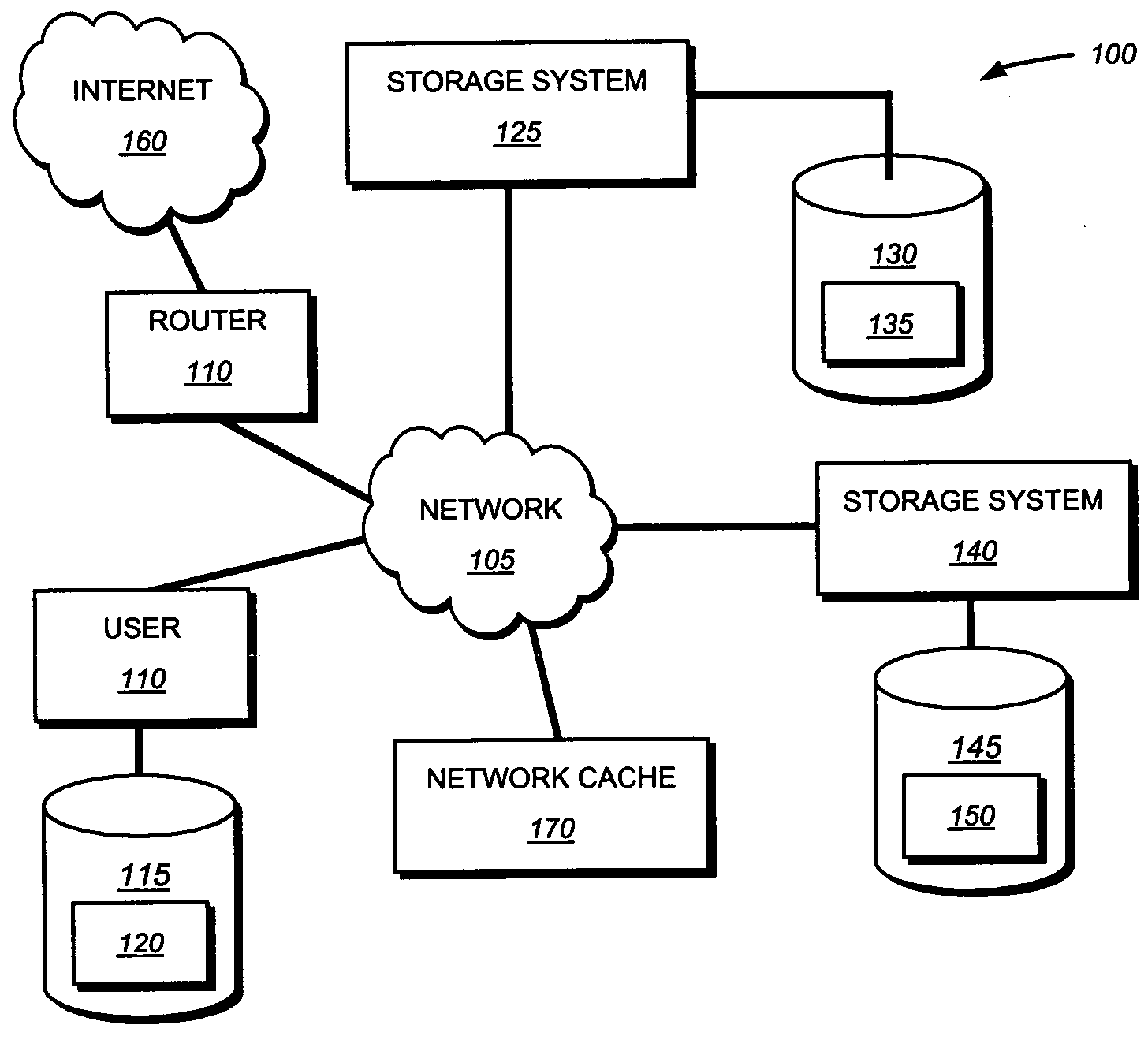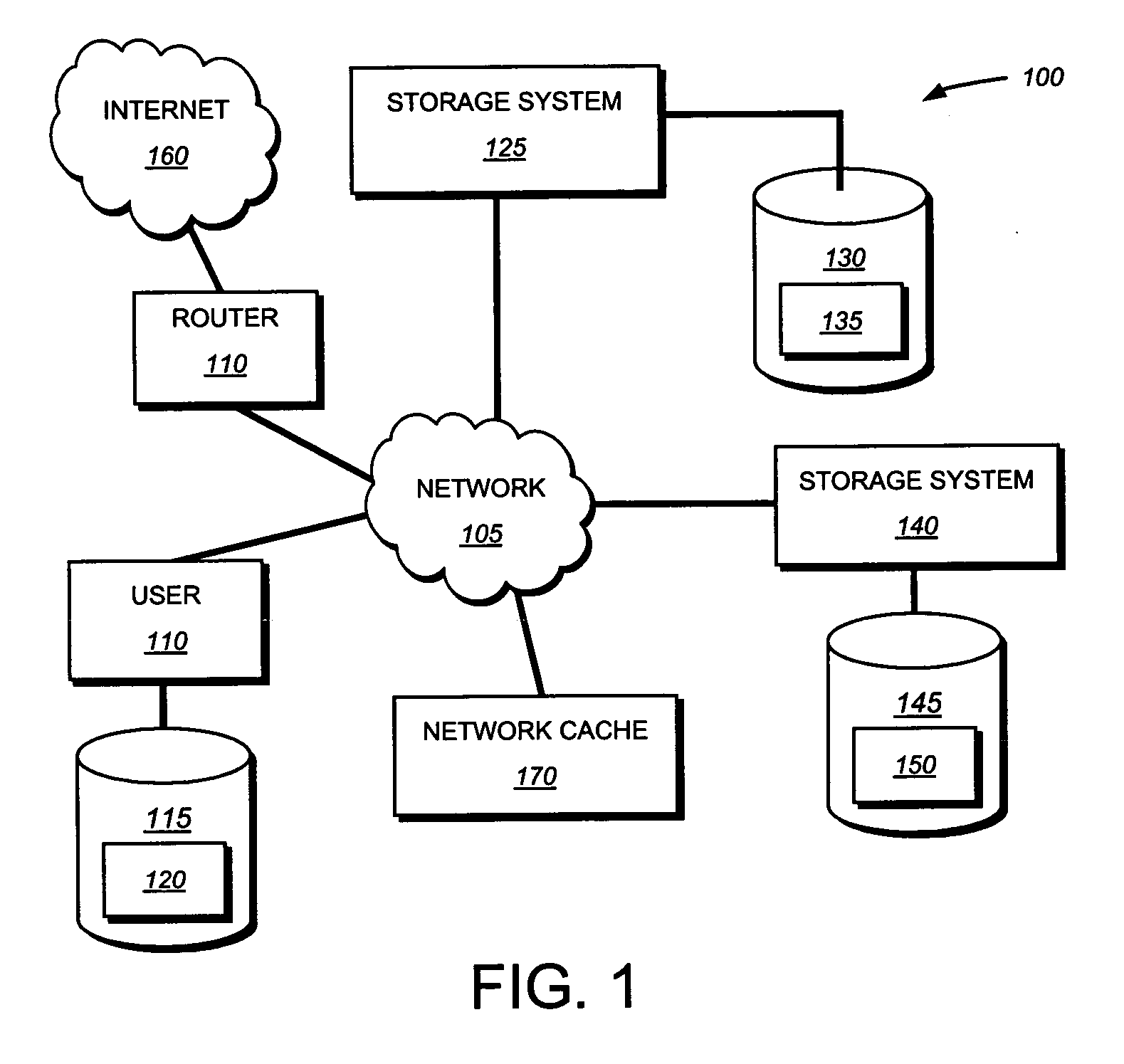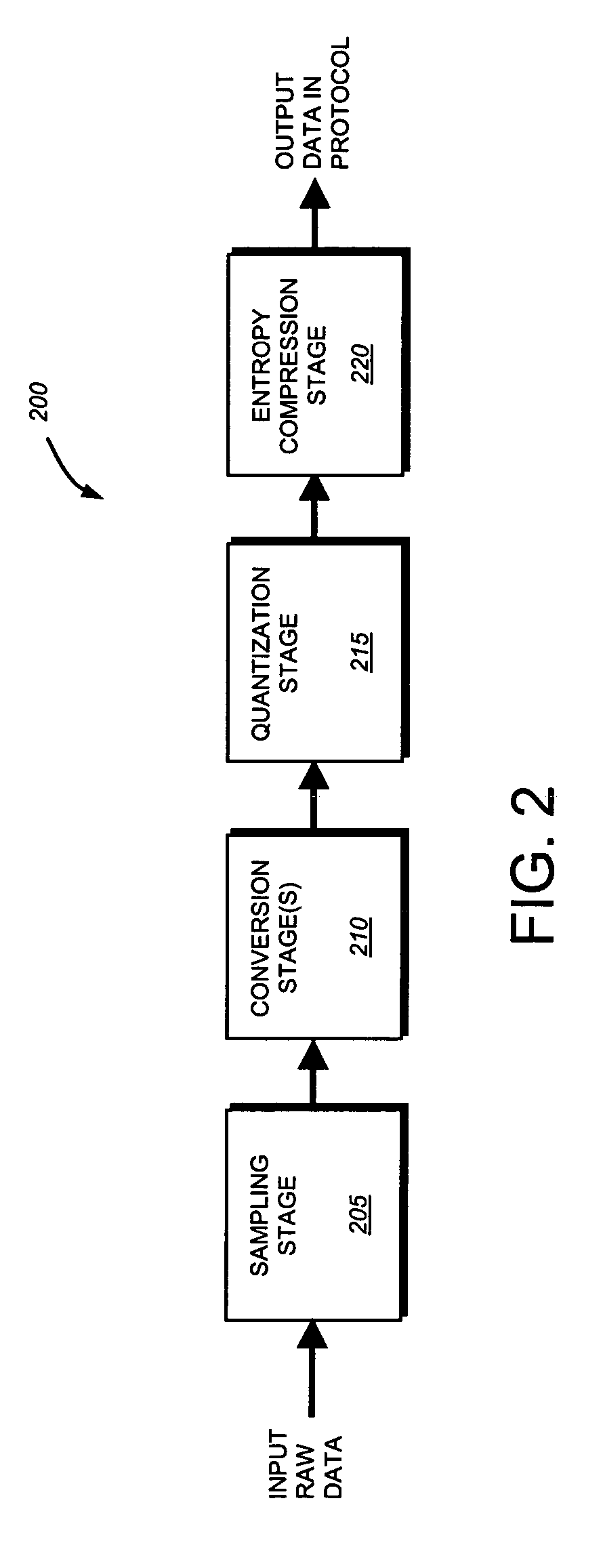Technique for identification of information based on protocol markers
a technology of information identification and protocol markers, applied in the field of information identification, can solve the problems of high computational power expended and the time required to perform such a comparison, and achieve the effect of reducing bandwidth consumption, identifying content quickly and efficiently, and eliminating the need for computationally expensive bit-by-bi
- Summary
- Abstract
- Description
- Claims
- Application Information
AI Technical Summary
Benefits of technology
Problems solved by technology
Method used
Image
Examples
Embodiment Construction
[0019] By way of further background, time variant multi-dimensional information (TVMD), which may be further identified as a “real-world” multi-sensory or, more generally, multi-media signal information, typically contains a protocol markers that uniquely identifies the information. The storage, distribution or transportation of such a real-world signal, e.g., an audio / visual representation, onto a networking medium requires a transformation of the information via a defined protocol. Examples of such a defined protocol include the well-known Moving Picture Expert Group (MPEG), Joint Photographic Expert Group (JPEG) and Graphics Interchange Format (GIF) protocol specification formats. It should be noted that the teachings of the present invention are applicable to any protocol that includes or generates appropriate protocol markers, as described further below, in the transformed data. These protocol transformations result in a representation of the information that is matched to the ...
PUM
 Login to View More
Login to View More Abstract
Description
Claims
Application Information
 Login to View More
Login to View More - R&D
- Intellectual Property
- Life Sciences
- Materials
- Tech Scout
- Unparalleled Data Quality
- Higher Quality Content
- 60% Fewer Hallucinations
Browse by: Latest US Patents, China's latest patents, Technical Efficacy Thesaurus, Application Domain, Technology Topic, Popular Technical Reports.
© 2025 PatSnap. All rights reserved.Legal|Privacy policy|Modern Slavery Act Transparency Statement|Sitemap|About US| Contact US: help@patsnap.com



